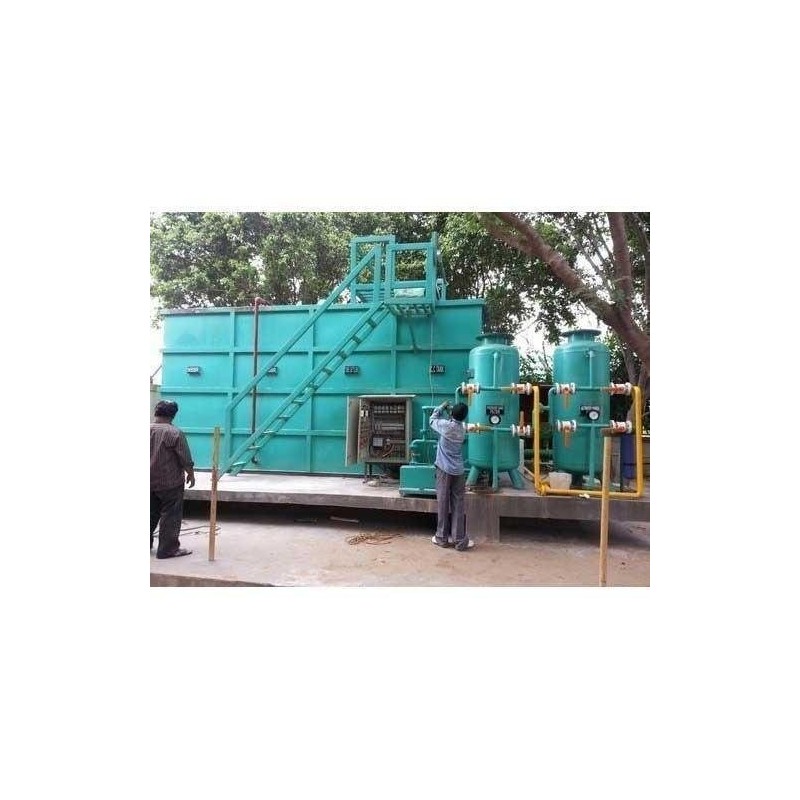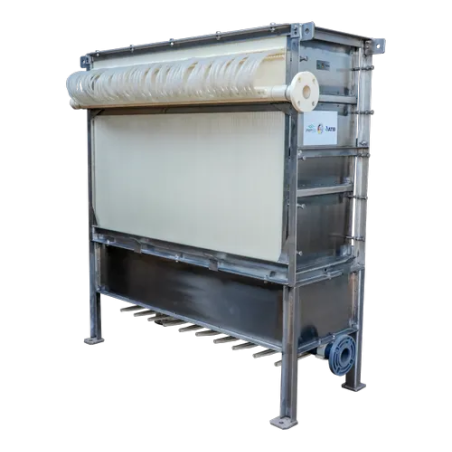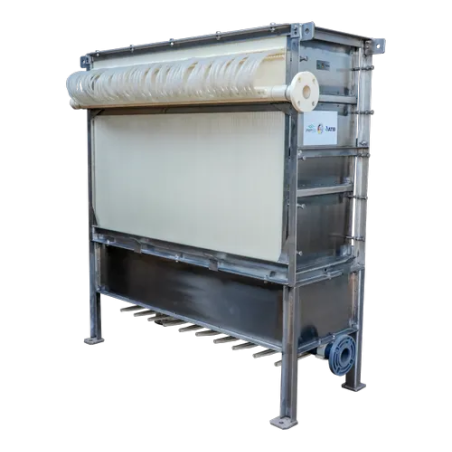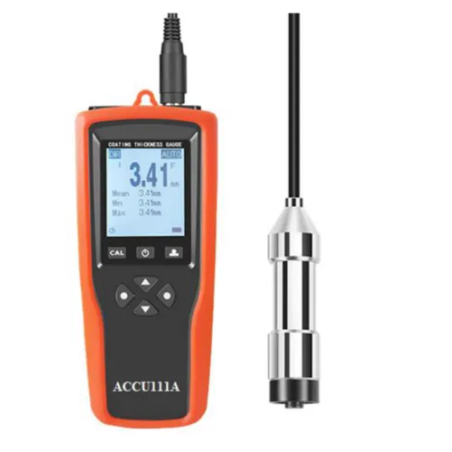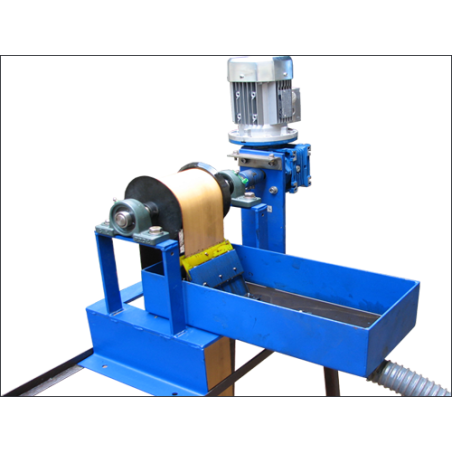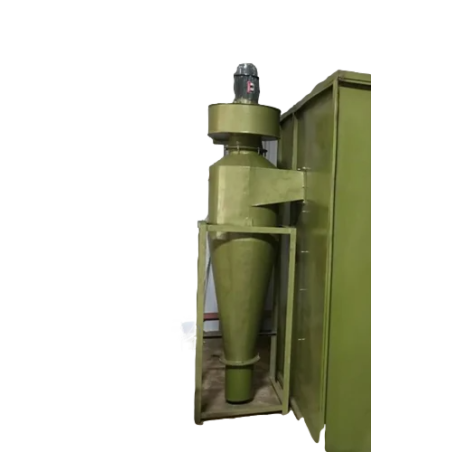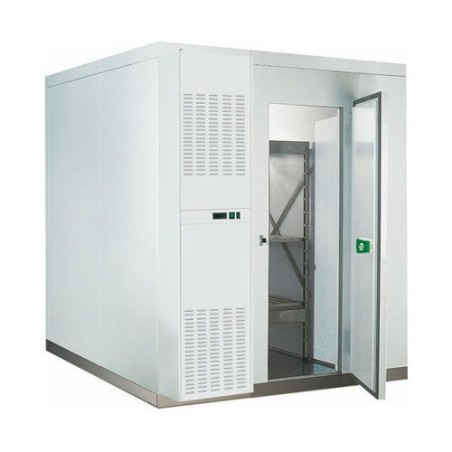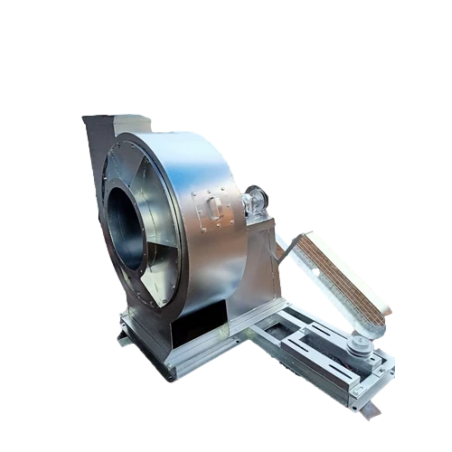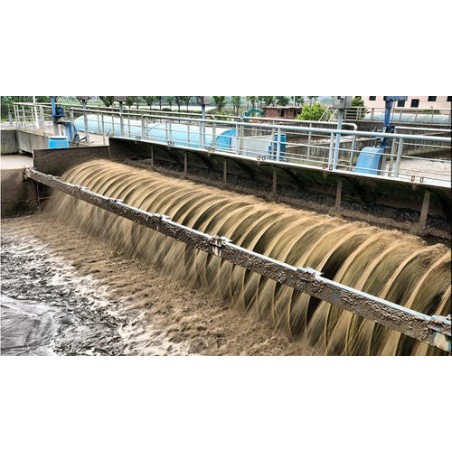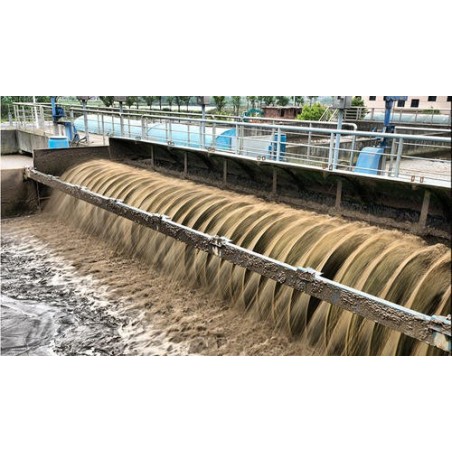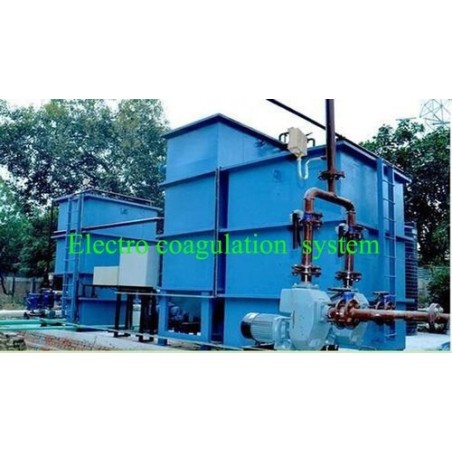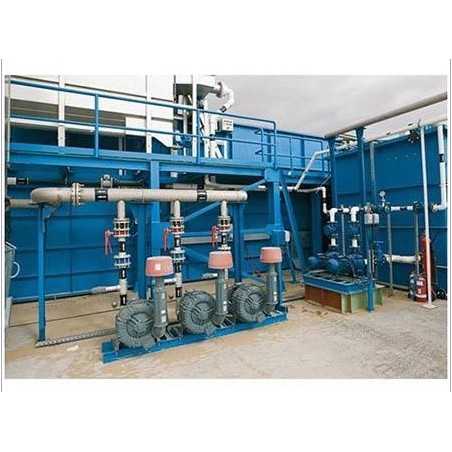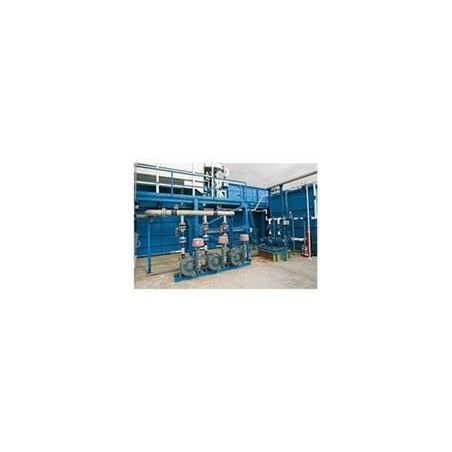Ultrafiltration Membranes
5/5
Free Delivery in India | Lowest Global Shipping Charges
- Genuine Products
- Global Shipping
- Secured Payments

Save up to 28% with GST Input
Avail maximum benefits from input tax mechanism on all your Business Invoices. Get GST Invoices on your business purchases. And 0% Taxes on all worldwide deliveries

100% Original Products
Shop with assurance, as each product we offer is 100% original, ensuring quality and authenticity with every purchase
Industrial Sewage Treatment Plants 100 KLD
Reference AAKJE Category Sewage Treatment Plant
Specifications
| Phase | 3 Phase |
|---|---|
| Frequency | 50 Hz |
| Country of Origin | India |
| Automation Grade | Automatic |
| Input Voltage | 440 V |
| Capacity (KLD) | 100 KLD |
| Feed Flow Rate(m3/day) | 51-100 m3/day |
| WATER PUMP POWER | 0.5 KW |
| Secondary Treatment Technology | Mixed Bed Bio Reactor(MBBR) |
Key Features
- Our shopper can avail from us an exclusive series of Industrial Sewage Treatment Plants. Furthermore, we offer this product in diverse specifications that meet on pterions demand.
Product Details
Stp plant manufacturers in India, we supply various types of sewage treatment systems such as sewage water treatment plant, mbr sewage treatment plant, domestic sewage treatment system, Sequential Batch Reactor sewage treatment plant, PLC and SCADA Based Sewage Water Treatment Plant, SBR sewage treatment plant, underground drainage and sewage system, household sewage treatment plant, PLC Based Automatic Sewage Treatment Plant, activated sludge process stp, Domestic sewage treatment plant, Industrial sewage plant and MBBR technology sewage treatment plant.A sewage treatment plant is an industrial facility for the treatment of urban wastewater, largely from toilets and bathrooms, to produce a non-polluting effluent that can be used as part of another process or directly discharged into the environment (for example, rivers). They may also be known as "wastewater treatment works" or "wastewater treatment facilities", treated water as well as sludge are recycled. A WWTP is designed in accordance with the waste composition of the metropolitan area served.In a sewage treatment plant, they treat the waste before it's discharged into the ocean.The sewage treatment plant is divided into primary and secondary treatment stages. The primary stage takes place in the screening and grit removal system, where large solids are removed by grit chambers. The secondary stage takes place in several types of settlement tanks, where the activated sludge process is used to remove the organic matter from the wastewater. Treated effluent can then be discharged directly to surface water or further treated for reuse (biogas facilities for gas production or for irrigation as fertiliser, aquaculture facilities).The sewage treatment plant is a handling plant for separating and reducing the polluting load of untreated municipal sewage brought into it by sewers. The main treatment process consists of sedimentation, where suspended matter falls to the bottom, followed by clarification and filtration. After treatment, the cleaned water, called effluent or secondary waste water, is discharged, either into streams via surface drains or into artificial bodies of water like lakes or reservoirs.Sewage treatment is the process of removing contaminants from wastewater and household sewage water. It includes physical, biological and sometimes chemical processes to remove pollutants. Its aim is to produce an environmentally safe sewage water, called effluent, and a solid waste, called sludge or biosolids, suitable for disposal or reuse. Reuse is often for agricultural purposes, but more recently, sludge is being used as a fuel source.Water from the mains, used by manufacturing, farming, houses (toilets, baths, showers, kitchens, sinks), hospitals, commercial and industrial sites, is reduced in quality as a result of the introduction of contaminating constituents. Organic wastes, suspended solids, bacteria, nitrates, and phosphates are pollutants that must be removed.To make wastewater acceptable for reuse or for returning to the environment, the concentration of contaminants must be reduced to a safe level, usually a standard set by the Environment Agency.
Other products from this brand
Ultrafiltration Membranes
Thickness Gauge
$163
Oil Skimmer
Dust Collector
Cold Room
Cold Room
Mobile Bio Toilet
Mobile Bio Toilet
Induced Draft Fans
Recommended Products
Sewage Treatment Plant
Sewage Treatment Plant
Sewage Treatment Plant
Sewage Treatment Plant
Sewage Treatment Plant
Sewage Treatment Plant
Sewage Treatment Plant
Sewage Treatment Plant
Sewage Treatment Plant
Sewage Treatment Plant
Quantity

24/7 Customer Support
Shop with confidence knowing that our 24/7 Customer Support is always available to assist with any inquiries

# Lowest Price Challenge
If you find this product anywhere at lower cost than us. Call us and we will not only match the price but also give a complimentary coupon


